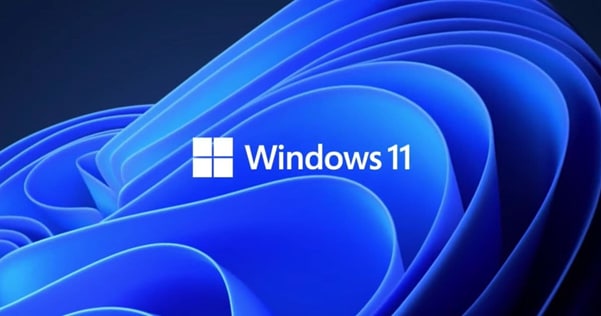Windows 11 is the successor of Windows 10 which was introduced in 2015. As a successor, Windows 11 brought a major overhaul, from design, feature enhancements, to Android application support. The following are a number of significant differences between Windows 11 and Windows 10.
- iaDisplay interface (UI)
The striking difference between Windows 11 and Windows 10 is the interface (UI). Windows 11 now comes with a fresh and minimalist look, especially in the taskbar and start menu. Now, the menus are no longer on the left as in Windows 10. Microsoft has shifted them to the middle side so that it looks similar to the MacOS interface. The start menu also moved to the middle side. Even so, some items, such as the clock, connection, or battery are still on the right side of the taskbar. - The start menu icon has also been overhauled. The logo now carries rounded corners, aka not rigid. Not only in the icon section, the window display (Windows) also has more rounded corners, instead of sharp like the old windows. Another difference between the two is also seen from the absence of the Live Tiles feature in Windows 11. Live Tiles itself is a Windows feature that displays a notification column that includes information such as weather, calendar, or other information.
- “Window” Logo Shape
- The logo in Windows 11 now looks a little different from Windows 10. The Windows 11 logo looks like a front-facing window. While the previous version of the Windows logo, carries the form of four three-dimensional styled boxes, which look like a flag in a fluttering position. Not only the logo, the opening sound (Startup Sound) that is heard when the device is turned on is also updated.
- Android App Support
- In Windows 11, Microsoft is bringing for the first time the ability to run Android apps without any special modifications. So far, Android applications can only be run on the Windows operating system with the help of an emulator or dual boot OS. These Android apps can be found on the Microsoft Store and downloaded via the Amazon App Store. Once downloaded, the application can be pinned (pinned) to the taskbar or paired with other applications.
- Microsoft uses Intel Bridge technology, which makes Android applications run on x86 systems. The good news is that Android applications on Windows 11 do not only work on computers with Intel CPUs, but also AMD and ARM. This capability is similar to what Apple did with the M11 chip. For information, the M11 chip allows iOS applications to run on the MacOS operating system. While in this case, Microsoft chose to embrace Android, which is none other than the main competitor of iOS.
- Widgets
- Windows 11 has a new selection of Widgets powered by Microsoft Edge and AI. This widget can be accessed when the cursor is hovered to the left of the screen. This widget can help users to get information, weather, news, photos and more at a glance.
- Integration With Teams
- Microsoft is now integrating the Teams service into Windows 11. There is a dedicated button that users can access from the desktop. With the Teams service, users can make video, text, or voice calls to other users.
- Auto HDR For Game Mode
- The gaming aspect is one that gets the attention of Microsoft. To pamper game lovers, Microsoft released the Auto HDR feature in Windows 11. This feature will provide good contrast and color when playing games.
- Microsoft revealed that the release of Windows 11 will take place during the holiday season this year, possibly around November or December, and will continue until early 2022. For the initial stage, Microsoft will provide the opportunity for developers to test Windows 11 through the Windows Insider Program starting next week.
The need for digital IT is needed in daily activities, Bead IT Consultant is the right choice as your partner, visit our website by clicking this link: www.beadgroup.com

